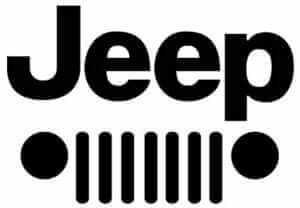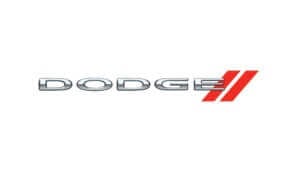P1193 Fault Code
You can find information about the P1193 fault code on this page.
BE WARNED! This particular code can mean a different thing depending on what make the car is, check below.
Manufacturer-Specific Meanings






Looking To Fix This Yourself?
By using a workshop/repair manual you could diagnose and even fix this issue yourself.
You can find a collection of free manuals containing loads of information specific to your car on our partner site.
View Workshop/Repair/Service Manuals »Detailed Manufacturer-Specific Explanations
BMW – POST-CATALYST FUEL TRIM SYSTEM BANK 2
For BMW, P1193 is logged when the powertrain control module (PCM) has detected an issue with the air-fuel mixture in the exhaust gases downstream of the catalytic converter.
Oxygen sensors are used to monitor the air-fuel mixture in the exhaust system of the vehicle. This is done to regulate the number of unburnt fuel particulates that can leave the vehicle as emissions.
This type of issue means that there is either too much air or too much unburnt fuel present in the exhaust gases.
Bank 2 refers to the side of the engine that is opposite the location of the first cylinder. This only applies to engines with multiple banks like a V8.
See generic codes: P2096
Jeep – INLET AIR TEMPERATURE CIRCUIT HIGH
For Chrysler, Dodge, and Jeep, P1193 is logged when the powertrain control module (PCM) has detected an issue with the inlet air temperature (IAT) sensor circuit. This happens when the voltage for this circuit is outside of the predetermined allowable range.
The IAT sensor is responsible for relaying information about the IAT to the PCM. This is done to allow for adjustments to the air-fuel mixture for optimization.
Temperature is a fundamental aspect of thermodynamics. Variations in the temperature of the intake air mean that the thermodynamic properties of the air entering the combustion chamber change.
The IAT sensor provides valuable information to the ECM regarding the incoming air temperature. This allows the PCM to adjust the air-fuel mixture accordingly to allow for optimal efficiency and operation.
See generic codes: P0113
Dodge – INLET AIR TEMPERATURE CIRCUIT HIGH
For Chrysler, Dodge, and Jeep, P1193 represents the same issue. For more information and similar generic fault codes, please see the above description for Jeep.
See generic codes: P0113
Chrysler – INLET AIR TEMPERATURE CIRCUIT HIGH
For Chrysler, Dodge, and Jeep, P1193 represents the same issue. For more information and similar generic fault codes, please see the above description for Jeep.
See generic codes: P0113
Hyundai – ELECTRONIC THROTTLE SYSTEM (ETS) – LIMP – HOME VALVE ON
For Hyundai, P1193 is logged when the powertrain control module (PCM) has detected an issue with the electronic throttle system (ETS). This happens when the PCM detects the limp home valve is on.
The limp mode valve is a component found in the ETS system. It is turned on to prevent further damage to the vehicle. This can make the vehicle perform in a very limited capacity until the issue is fixed.
The ETS system is responsible for relaying the position of the throttle to the PCM, informing how much throttle is being requested by the driver.
The cause for this issue will likely be within the ETS circuit.
See generic codes: P0120
Land Rover – OXYGEN SENSOR HEATER CIRCUIT OPEN DOWNSTREAM
For Land Rover, P1193 is logged when the powertrain control module (PCM) has detected an issue with the heated oxygen sensor circuit.
Oxygen sensors are put in the exhaust system to monitor the air-fuel mixture found in the exhaust fumes. This information is fed to the PCM so that it can make minor adjustments to the air-fuel mixture in the engine by controlling the fuel injection system.
This is done to reduce the emissions of the vehicle to comply with emission regulations.
The downstream sensor is found after the catalytic converter in the exhaust system.
One of the simplest causes of this issue is a faulty oxygen sensor. This means replacing the sensor can be one of the easiest ways to solve this problem.
See generic codes: P0036

Popular Fault Codes
These are the most popular fault codes that people are searching for.